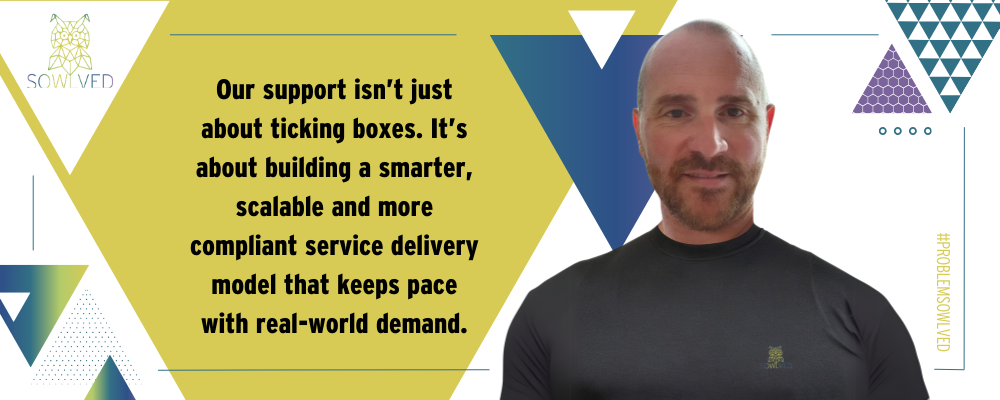Don’t Keep Stakeholders in the Dark
Posted February 17, 2025

…This Just isn’t the Way Things Are Done in Managed Services
For years, many managed service providers (MSPs) have operated under the belief that keeping stakeholders, whether clients, contractors, or internal teams, at arm’s length is simply how business is done. Whether it’s shielding operational processes, obscuring project milestones, or limiting budget visibility, this approach has been the status quo.
But is it still the best way to operate?
The Hidden Cost of a Closed-Door Approach
While some organisations may believe that restricted visibility helps them control the narrative, the reality is quite the opposite. Lack of transparency leads to:
-
Mistrust and Frustration
Clients and stakeholders feel disconnected, leading to strained relationships.
-
Operational Bottlenecks
Delayed approvals, inefficient workflows, misaligned expectations and costly setbacks.
-
Revenue Leakage
Poor contract visibility results in missed deliverables, disputes and payment delays.
Transparency as a Competitive Advantage
Forward-thinking MSPs are shifting their approach, leveraging technology and best practices to offer real-time visibility, milestone tracking, and seamless collaboration.
By embracing transparency, businesses can:
-
Build Stronger Client Relationships
Open communication fosters trust and long-term partnerships.
-
Enhance Efficiency and Accountability
Live reporting ensures all stakeholders are aligned and on track.
-
Accelerate Revenue Growth
Clear contract management reduces disputes, optimizes billing, and improves cash flow.
How SOWLVED is Changing the Game
At SOWLVED, we believe that empowered stakeholders drive better business outcomes. Our consultative approach and tech-driven platform eliminate the guesswork, providing:
-
Live Project and Budget Tracking
-
Milestone-Based Approvals
-
End-to-End Process Automation
The Future of Managed Services is Open and Agile
The industry’s most successful MSP providers are those who embrace technology, deliver transparency, and create environments where collaboration replaces confusion.
So, is keeping stakeholders in the dark still ‘just the way things are done’?










